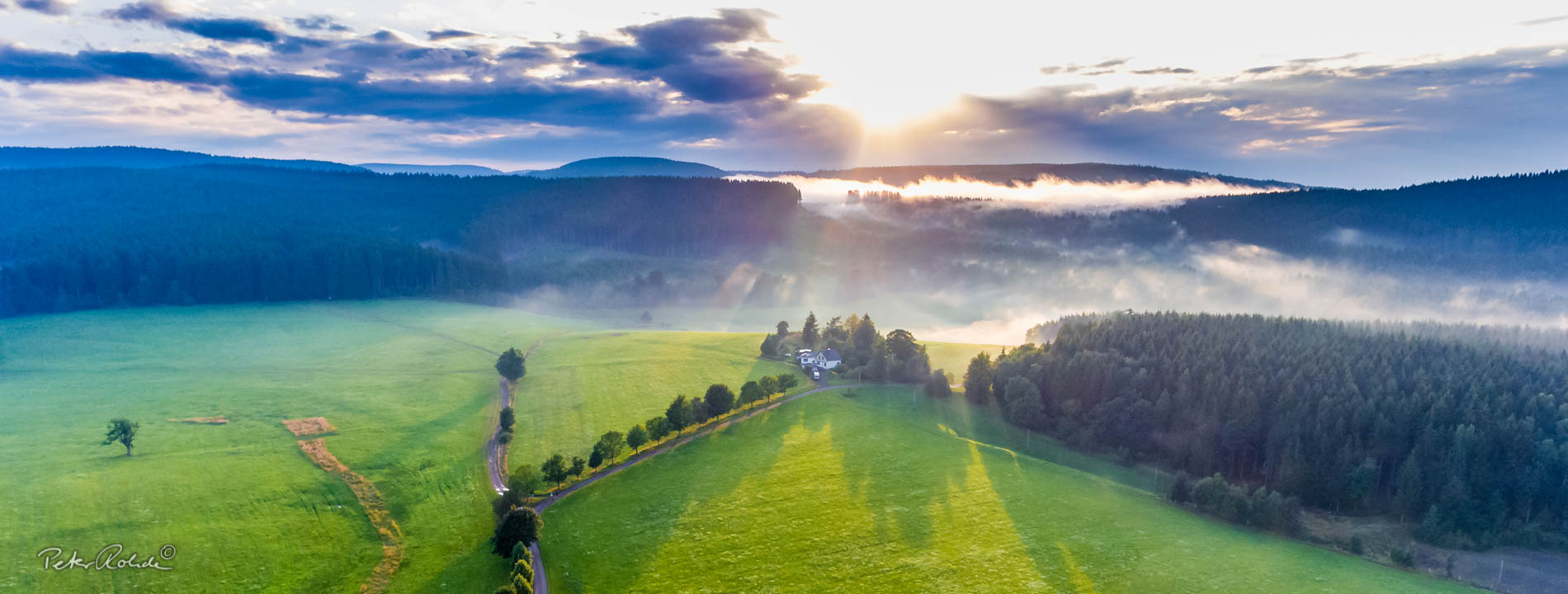
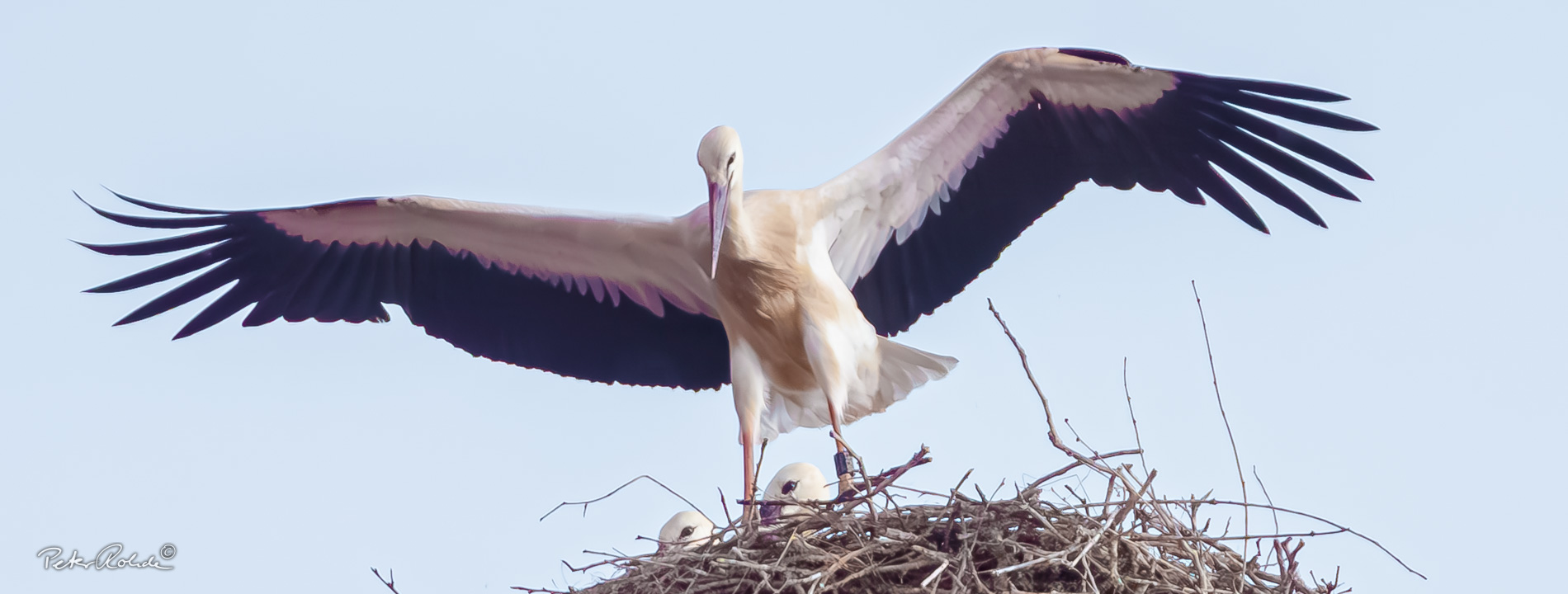
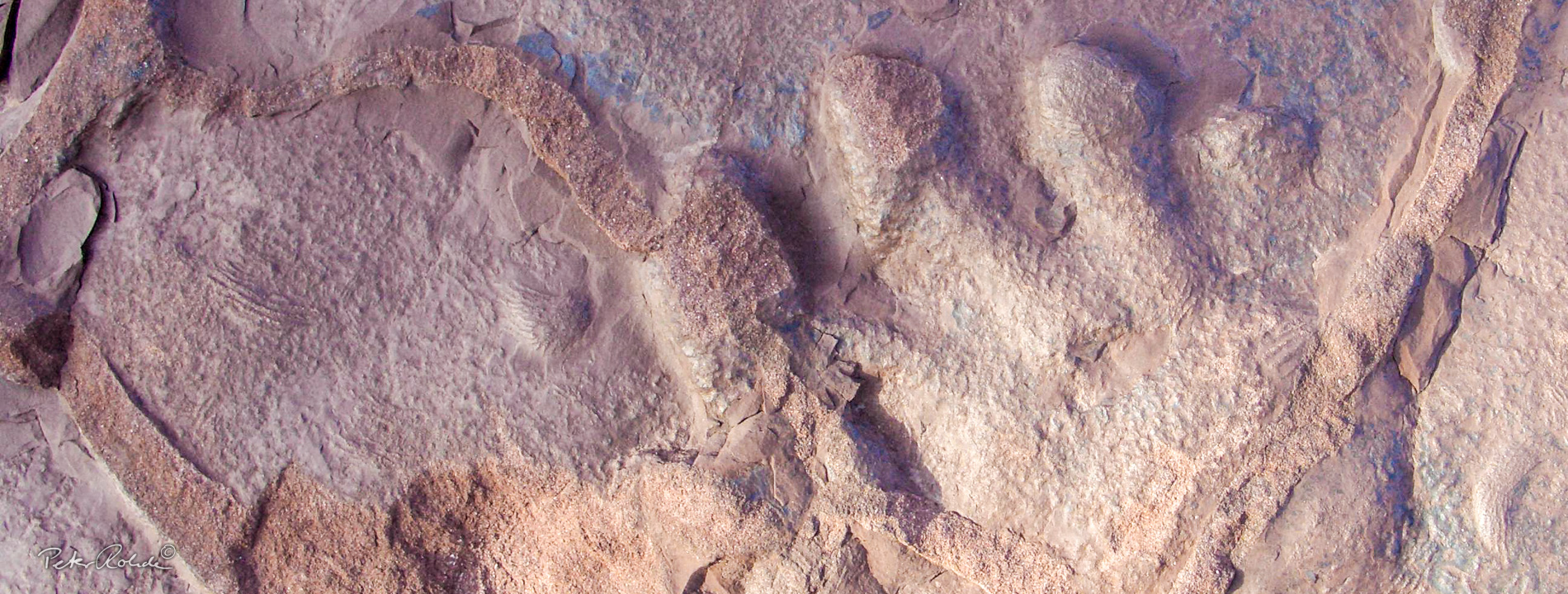


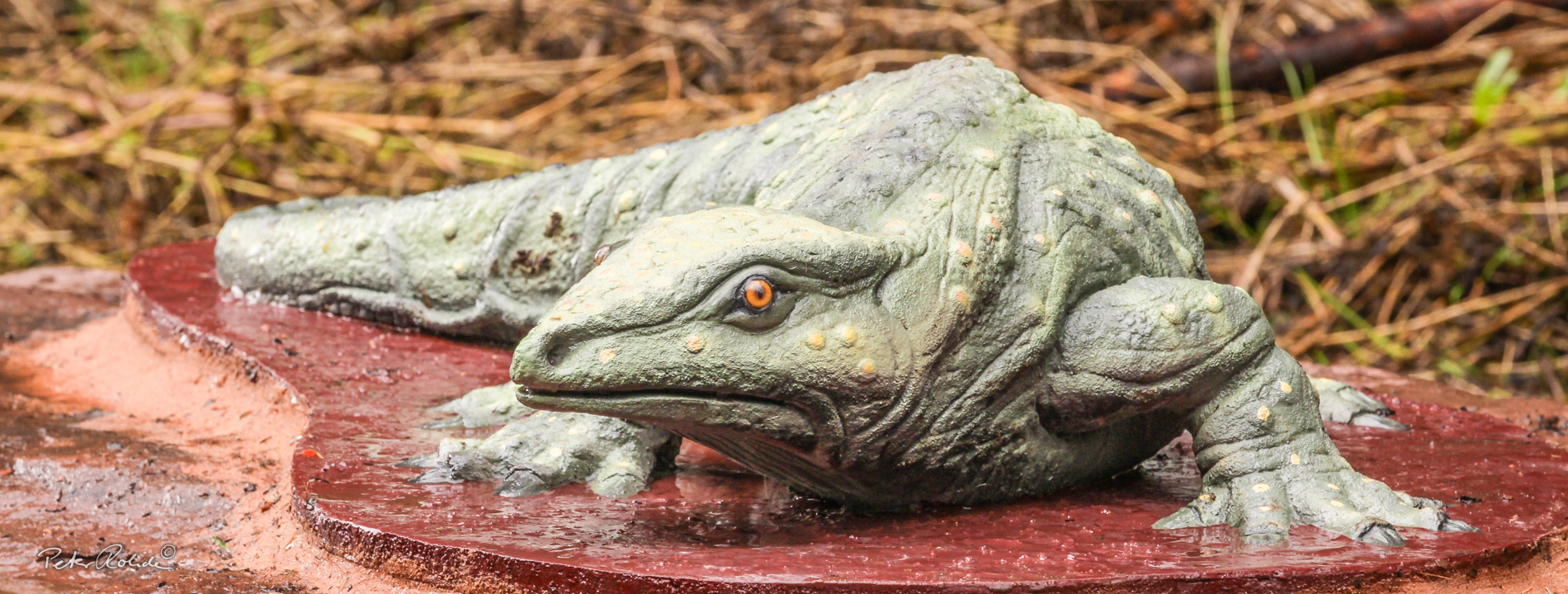
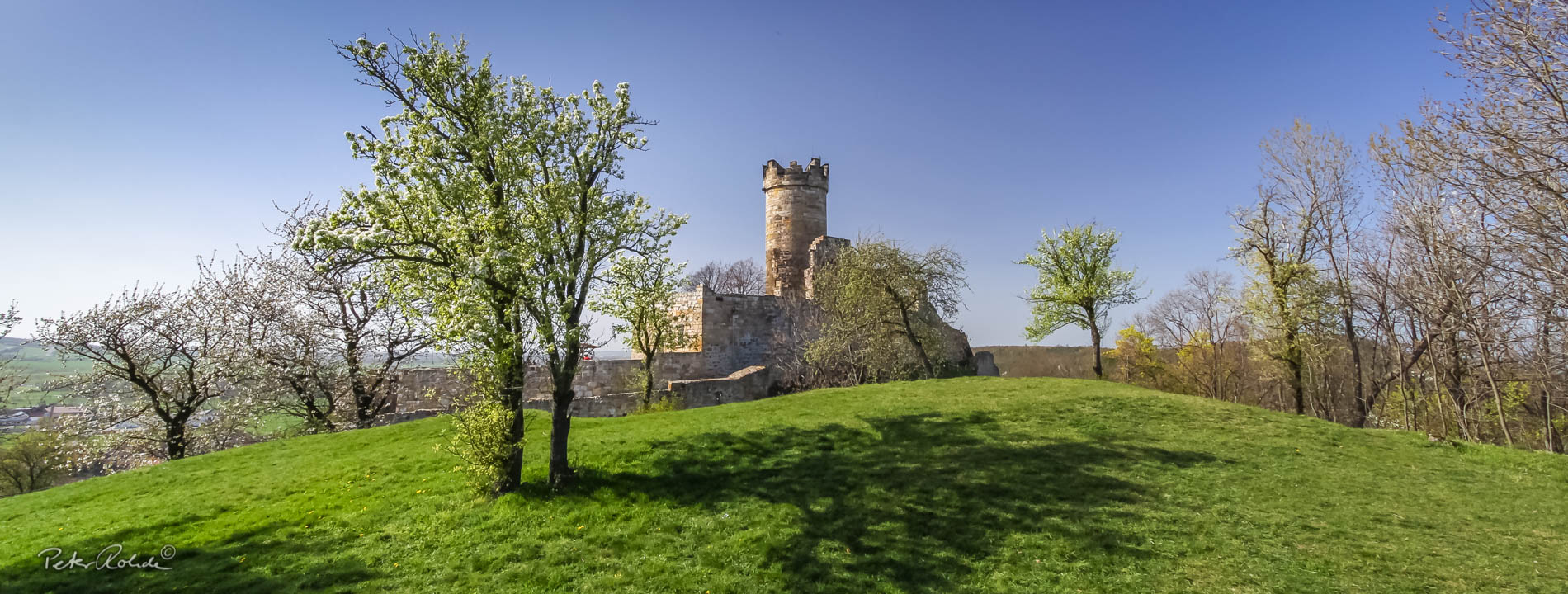

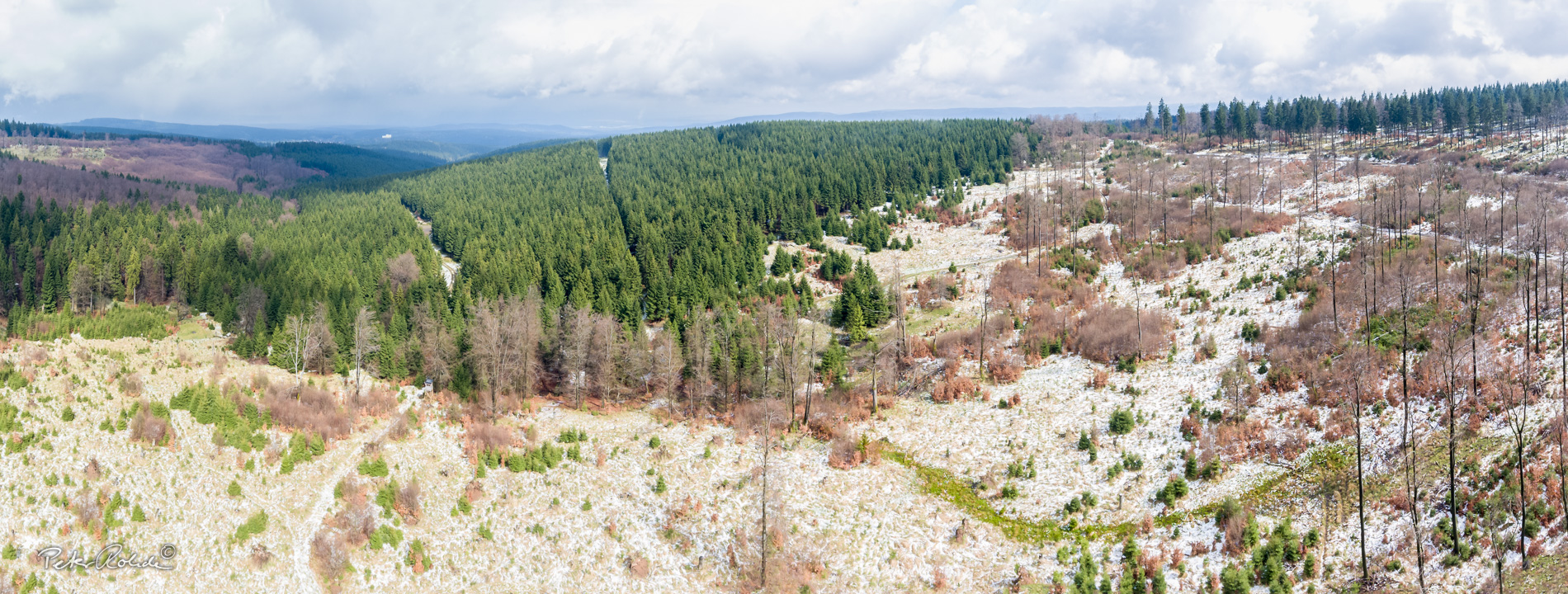









One year BROMACKER
The excavation is closed for this year, the scientists are overwhelmed
The Bromacker is unique. That the site between the Thuringian communities of Tambach-Dietharz and Georgenthal is a very significant window into the past has also been proven once again by the past four weeks: For one month, an international team of about 30 palaeontologists and geologists dug daily at the Bromacker. Unhindered by weather and organisational adversities of such an undertaking, they have moved and removed about 20 to 30 cubic metres of the reddish sandstone. The excavation ends today, Friday, and the result is overwhelming.
The huge amount of finds that the Bromacker holds and that has now come to light again after 290 million years, was the biggest challenge that the scientists have faced in recent weeks: "The amount of burial traces is overwhelming. The number of skulls and partial skeletons found is also extraordinary," says excavation director Prof. Dr. Jörg Fröbisch of the Berlin Museum for Natural History - Leibniz Institute for Evolutionary and Biodiversity Research (MfN). In addition to impressions of fossilised plants, small invertebrates or coprolites (fossilised faeces), scratch marks and burrows, as well as several partial skeletons of vertebrates - including two skulls and individual bones - the researchers have filled more than 200 boxes with finds, which are now being processed, prepared and researched.
200 boxes full of puzzle pieces that will help reconstruct a Lower Permian ecosystem. What was the climate like then, what is the geology like today?
How did changes in climate affect biodiversity and the complete ecosystem 290 million years ago? These questions show that the BROMACKER will never end. Its high density of unique fossils holds enormous potential for cutting-edge research. The teams from the MfN and the Friedrich Schiller University of Jena are just as committed to this goal as the colleagues from the UNESCO Global Geopark Thuringia Inselsberg - Drei Gleichen and the Friedenstein Castle Foundation Gotha.
The questions are manifold, as is the variety of methods with which the project partners approach them. They all bring different expertise and scientific research foci to the project, which is funded by the German Federal Ministry of Education and Research (BMBF): While some focus on taxonomy, morphology and palaeoecology, others investigate bone histology or taphonomy. Still other scientists in the team are engaged in fine preparation, digitisation and state-of-the-art 3D imaging technologies. A particular focus of all the collaborative partners is to find ways and means of making the unwieldy terminology comprehensible and explaining the highly complex scientific issues in a way that is clearly understandable to the general public. Because: The Bromacker is for everyone!
Not only for researchers, but also for amateur palaeontologists and people from outside the field. Young and old should also be able to participate in the BROMACKER: Therefore, science communication is very important in this project. By means of a combination of the most modern and experimental knowledge transfer formats, a coordinated, touristic visitor guidance or also via special exhibitions, people who are only confronted with the topic by chance or who "just want to know what 'they' are doing in the quarry and what it's all about" can learn to understand. The existing enthusiasm and fascination of the topic should jump from the small circle of researchers to the general public.

